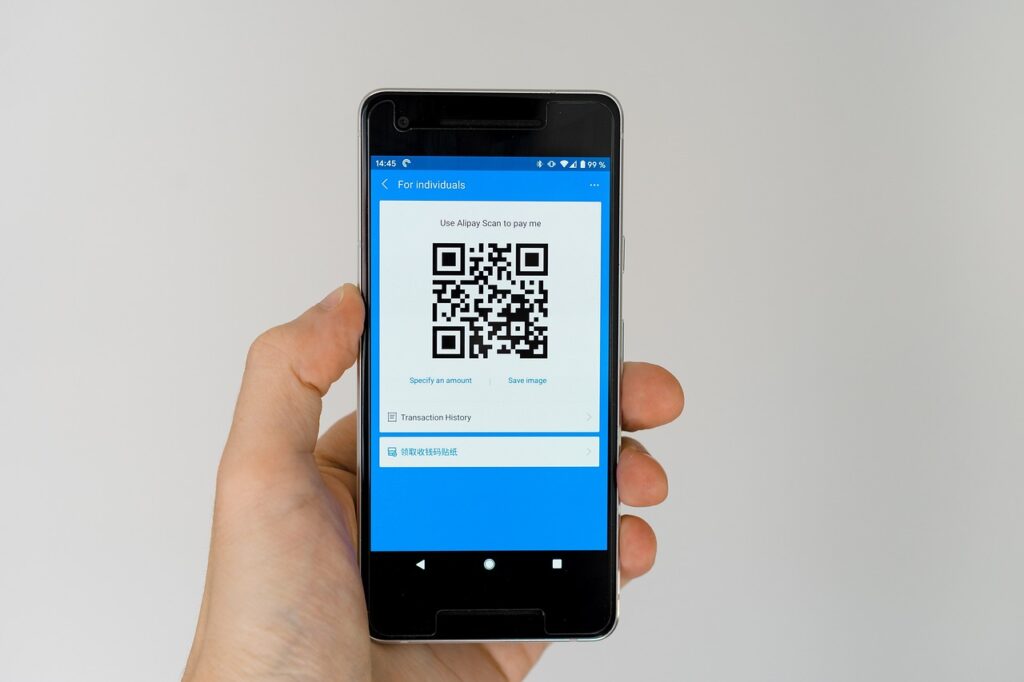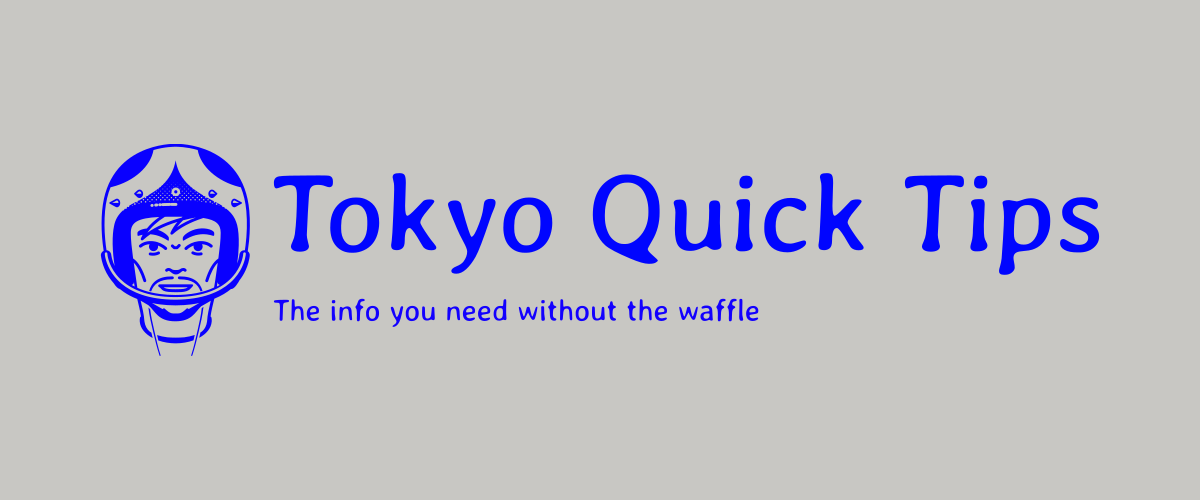
Japan, traditionally a cash-only society, is embracing cashless transactions in a big way! While some older establishments still exclusively accept cash, the majority now accommodate payments through major cashless apps, with a rising number becoming “cashless-only.” Beyond the evident convenience of app-based payments, there are additional benefits such as contactless transactions in our post-COVID world and the opportunity to earn points convertible into cash. Amidst the plethora of options available, deciding on the best one can be daunting. This post aims to guide you through the cashless jungle and select the optimal solution for your needs. This post will focus on comparing SUICA/PASMO transportation-based IC cards, LINE Pay, PayPay, and Rakuten Pay.
Ease of Use – SUICA/PASMO that allow payment by just touching your smartphone are perhaps the most convenient. (MORE ON THIS)
Ubiquity – All of the apps covered here can be used most places in Tokyo (MORE ON THIS)
Point Rewards– Apps offer points linked to their particular brands or cash-back options (MORE ON THIS)
Features- Each of the apps have their own special features (MORE ON THIS).
Back to Quick Tips on Money Matters
Fellow Bitcoiner?
While all these cashless apps are user-friendly, there are subtle differences in the technology they use, which may affect convenience. These apps primarily utilize two types of technology: NFC (Near Field Communication) and QR codes.
NFC, used by SUICA and PASMO, allows for transactions with a simple tap of a card or mobile phone on a reader, making it incredibly fast and efficient. The downside is that there’s no confirmation step, so once you tap, the payment is immediate.
On the other hand, QR codes, employed by Line Pay, Rakuten Pay, and often by PayPay, require more steps. After scanning a QR code, you typically need to confirm the payment amount, and in some cases, manually enter the amount. This process can be slightly more cumbersome than NFC, as scanning a QR code is less fluid than a quick tap.
PayPay offers a mix of both methods, with some transactions requiring the merchant to scan the user’s barcode.
In terms of pure ease of use, SUICA/PASMO stand out as the clear winners due to their seamless, one-step process.
In Tokyo, each of these apps can be used in locations where cashless transactions are generally supported. In addition to the cash-only establishments, however, you will sometimes find places that offer cash or PayPay only.
PayPay is also much more widely supported in rural areas, which is something to bear in mind if you are intending to travel outside of Tokyo and other major cities.
Given the above, PayPay is the winner in terms of ubiquity.
With SUICA you can earn JRE points (2% rewards) by traveling on the train using your card balance, 1.5% rewards when charging your mobile SUICA and up to 1.0% on purchases made around train stations.
Rakuten Pay offers up to 1.5% rewards that can be used within the Rakuten ecosystem (such as Rakuten Market).
LINE Pay offers 0.5% rewards that can be used within the LINE system (stickers, etc.)
PayPay offers 0.5-1.0% as a cash-back system that is added to your PayPay balance. They also run many promotions where you can get better returns.
Depending on where you do your shopping, SUICA may be the best in terms of rewards.
Each of these cashless apps has their own distinct features:
SUICA/PASMO: These are primarily designed for seamless transportation payments, offering quick tap-and-go functionality plus top-up and transaction history features.
Line Pay: This is integrated with the Line messaging app and excels in social payments, money transfers, and earning Line Points, making it ideal for regular Line users.
Rakuten Pay: This is best suited for those deeply involved in the Rakuten ecosystem, offering seamless integration with Rakuten services and robust points management.
PayPay: This is the most versatile, offering both QR code and barcode payments, with broad acceptance across Japan, money transfers, bill payments, and frequent promotions with cashback rewards.
